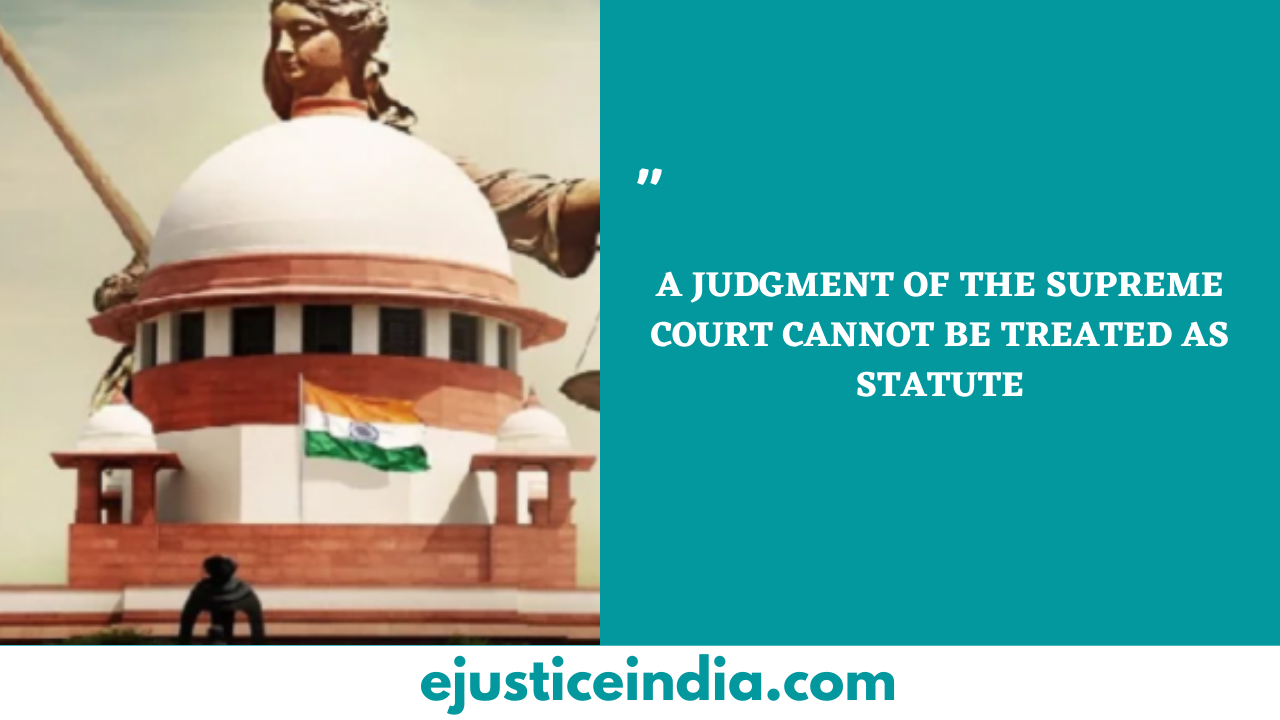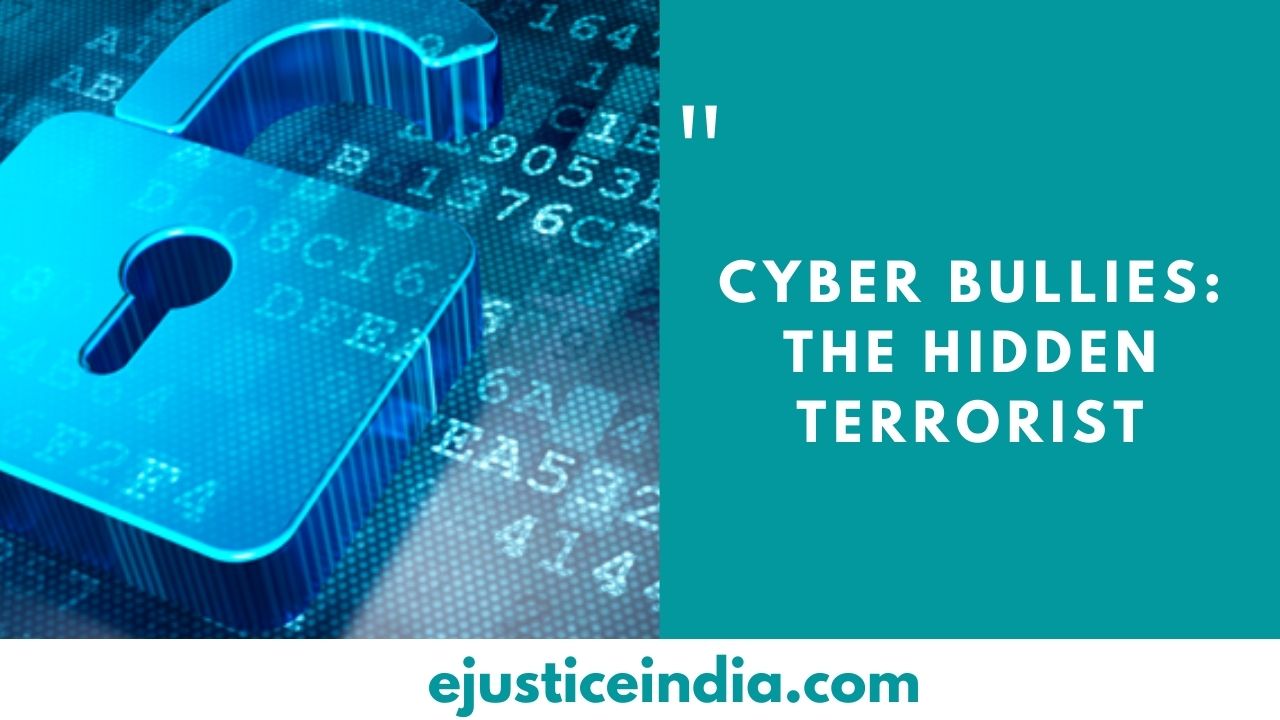POLICE BRUTALITY
Author :- Medha Anand
INTRODUCTION :
Police brutality results in potentially severe mental and physical injury. The types of physical injuries sustained are similar to those experienced by victims of violent crime such as assault and homicide. These injuries commonly result from night-stick or baton beatings, pistol whippings, beatings by fist or boot, restraint holds, and shootings. Examples of physical injuries include, but are not limited to, skin abrasion/laceration, bone fracture, asphyxiation, parenchymal nerve injury, contusion, concussion, skull fracture, epidural and subdural hematomas, pneumothorax, and hemothorax. Complications of such injuries include post-traumatic cerebral edema, infections, hydrocephalus (secondary to blood or infection in the subarachnoid space), post-traumatic epilepsy (secondary to sustained contusions and lacerations), paralysis, permanent disability and death.Damage caused by police brutality goes beyond the physical manifestations. Psychological trauma faced by victims manifests itself in many ways, such as stress, anxiety, fear, paranoia, distrust, insomnia, anorexia, and depression. Such psychological symptoms can further be manifested as Acute Stress Disorder (ASD) and Post-Traumatic Stress Disorder (PTSD).
Psychological stress often consumes many facets of victims’ lives, adversely affecting job performance, ability to sustain employment, and everyday interactions with family and associates.Moreover, the families of fatally injured victims often suffer many of the same psychological tolls. Police brutality must be recognized, investigated, and acted upon as a serious health concern because of its obvious deleterious effects on individuals, their families and communities.
WHAT IS POLICE BRUTALITY :
Police brutality refers to the use of unnecessary use of force by a police officer. The use of such tools as pepper spray, batons, and teasers, as well as hitting, choking, throwing a non-combatant civilian to the ground, and sexual abuse are all examples of physical police brutality. It can be a physical as well as verbal abuse or racial profiling and false arrest.
Many countries have their laws for police brutality. It is considered as a severe offence but still, there are cases where the complaints of civilians or victim do not even reach to the investigation stage. It is very difficult to prove that the police are using excessive force or not. In defense, the civilian has started to record the videos of their interaction with the police officer and the same is done by the police officer in his or her defense.
WHEN DID POLICE BRUTALITY STARTS :
Police brutality is a societal issue dated back to the Industrial Revolution in the 1870s when law enforcement would physically harm the workers that went on strike. In the Movement of 1960’s the police used high power water guns on the civilian and sometimes attack was made on the public with the help of the police dogs.
Types of police brutality especially :
- False arrest and wrong imprisonment
- Sexual Harassment
- Racial discrimination
- Wrongful search and seizure
THE WAYS TO REPORT FOR POLICE BRUTALITY :
There are many cases of police brutality but many of them are not reported for further investigation whereas many of the cases are registered where no investigation takes place. A civilian with a valid police brutality issue should file a complaint against a police officer.
The first step in this process is to visit the website of the police department where that particular officer is based, because each jurisdiction has its process for filing a complaint. Some of the websites provide a hotline number for complaints of police brutality. It may also be possible to report about the brutality by police in person by going to the police station which is within the jurisdiction. If the act is criminal then the criminal suit will be filled and if the act is of civil nature then it a civil suit will be filed.
After the complaint is filed then the department of Internal Affairs will investigate. The Internal Affairs department is established only to investigate the cases against law enforcement officials. An officer can generally only be disciplined or fired for his behavior as if a complaint has been filed against him, and even if he is not disciplined or terminated, the complaint typically remains on his permanent record. If a civilian is not satisfied then the police officer can be sued in criminal court or civil court.
CASE LAWS :
- Mohamed Huzaifa Javed Ahmed . vs The State Of Maharashtra :
In this case, the police have brutally beaten a child with an excess amount of force which resulted to his death. The police officer was removed from his position and entitled to imprisonment.
- Thoothukudi Massacre was an incident in Thoothukudi, Tamil Nadu where 13 unarmed protestors were killed and 100+ injured by the Tamil Nadu Police.
- There is a case where the police have fired at the protestors protesting against the Jaitapur Nuclear Power Plant and killed one of the protestors.
- In 2009 police fired on Muslims at the fishing village Beemapally in Trivandrum District, Kerala, many people died in the clash.
CONCLUSION :
Police officers are given a great deal of latitude in performing their duties. Because they are expected to protect the public and confront potentially violent individuals, they can legally use physical, and even deadly force under certain circumstances. However, an officer who uses force when it is not called for, or who uses more force than expected to perform his or her job, may cross the line into police brutality. In these kinds of instances, people often sue for the excessive police force. A police officer must protect their citizens and should not brutality beat them.



Like!! Really appreciate you sharing this blog post.Really thank you! Keep writing.